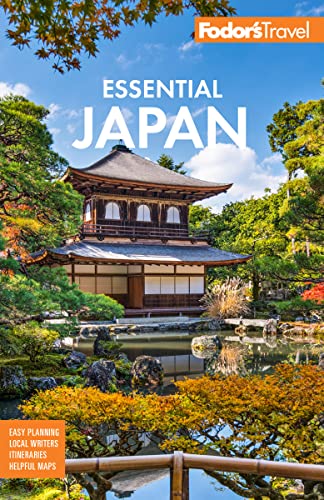The Tea Ceremony
The Way of Tea—in Japanese, Cha-no-yu or Sado—is more than a mere ceremonial occasion to have a cuppa: it is a profound spiritual and philosophical ritual. It's also a ritual you can experience easily and relatively inexpensively.
Tea came to Japan from China in the late 8th century, first as a medicinal plant; it was the Zen monks of the 12th century who started the practice of drinking tea for a refresher between meditation sessions. Rules and customs began to evolve regarding how to drink this precious beverage, and they coalesced in the Muromachi period of the 14th and 15th centuries as the earliest form of the Cha-no-yu. The Way of Tea developed an aesthetic of its own, rooted in the Zen sense of discipline, restraint, and simplicity: an aesthetic in which the most valued tea bowls, vessels, and utensils were humble, unadorned—and even imperfect. The choreographed steps and movements of the tea ceremony were devised to focus the appreciation—in Japanese, called wabi—for this subdued and quiet refinement.
The Tea Pavilion
Contemplate a Japanese tea pavilion long enough, and you begin to see how much work and thought can go into the design of something so simple. A stone path through a garden, a thatched roof, a low doorway into a single room with a tokonoma (alcove) and tatami floor are barely big enough for the tea master and a few guests, and yet are a gateway to the infinite.
The Way of Tea
The poet-priest Sen no Rikyu (1522–91) is the most revered figure in the history of Cha-no-yu. Three traditional schools of the tea ceremony, the Ura Senke, the Omote Senke, and the Mushakoji Senke—with some variations among them—maintain the forms and aesthetic principles he developed.
A full-scale formal tea ceremony, called a chaji, is like a drama in two acts, involving a multicourse kaiseki meal, two different kinds of powdered green tea, and an intermission—and can take as long as four hours to perform. Most ceremonies are less formal, confined to the serving of usucha ("thin tea") and a confection for an intimate group; these are called o-chakai. Both forms demand a strictly determined, stately series of moves to be made by both guests and hosts.
Participants gather first in the machiai, a kind of waiting room or shelter in the garden, until they are invited to proceed to the teahouse. They remove their shoes, and enter the teahouse through a low doorway. It is customary to comment on the flower arrangement or scroll in the alcove. The guests sit in seiza, their legs tucked under them; the host enters from another small doorway, greets them, and carefully cleans the utensils: bowl, tea scoop, caddy, ladle, whisk. No matter that they are spotless already; cleaning them is part of the ritual.
When the tea is prepared, it is served first to the principal guest, who turns the bowl in the palm of his hand, drains it in three deep, careful sips, and returns it to the host. The other participants are served in turn. The guests comment on the presentation, and the ceremony is over; when they leave the pavilion, the host bows to them from the door.
Should you be invited to a tea ceremony, you likely won’t be expected to have the same mastery of the etiquette as an experienced guest, but the right frame of mind will get you through. Be prepared to sit in seiza for quite a long time. Make conversation that befits the serenity of the moment. (A well-known haiku poetess once said that what she learned most from Cha-no-yu was to think before she spoke.) Above all, pay close attention to the practiced movements of the host, and remember to praise the wabi—the understated beauty—of the utensils he or she has chosen.




